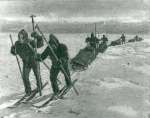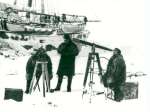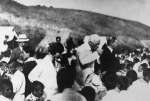The State of The World's Refugees 1993: The Challenge of Protection
State of the World's Refugees, 1 January 1993
By 1993, 18.2 million men, women, and children across the world had left their homelands to escape persecution and violence. An average of 10,000 refugees a day were forced to flee the year before, as new upheavals forced out new victims. At least another 24 million were displaced within their own countries. Yet despite these staggering numbers and the backlash they have provoked in overburdened countries of asylum, the UN High Commissioner for Refugees believes there is a solution to the international refugee crisis.
This important book illuminates the problems and their causes with informed analysis, detailed charts, and discussions of policy alternatives. It voices an urgent plea that doors be kept open for those in need of asylum. It is also an eloquent appeal for early intervention by the international community, whose peacemaking efforts could prevent further crises before they start, and could enable millions of refugees to return safely to their homes once again.
- Preliminaries: Foreword, Acknowledgments, Abbreviations
- Introduction: The Challenge of Protection
- Chapter 1: The Dynamics of Displacement
- Chapter 2: Asylum Under Threat
- Chapter 3: Information as Protection
- Chapter 4: Protection in Times of Armed Conflict
- Chapter 5: Responding to Refugee Emergencies
- Chapter 6: Going Home: Voluntary Repatriation
- Chapter 7: Prevention
- Chapter 8: Broadening the Focus of Protection
- Bibliography
- Annexes




















































